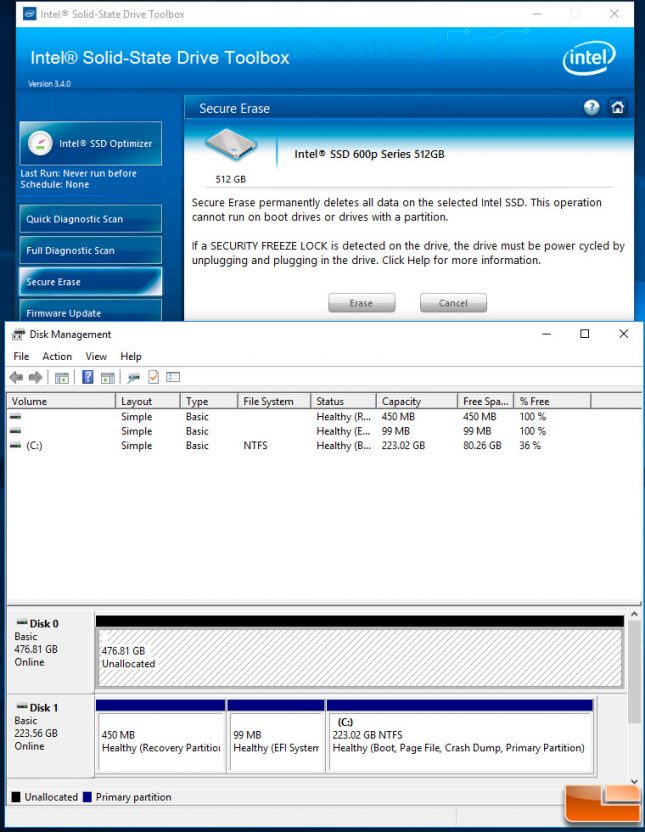

But if you’re set on it, you’ll need to use Apple’s Terminal app. It’s a little more involved but it works.īefore we get into the nitty-gritty, let me state for the record that this really isn’t necessary to do, which is why Apple’s made it so hard to do. If you don’t want to take Apple’s word for it, if you’re not using FileVault, or if you just want to, there is a way to securely erase free space on your SSD. It is better to boot your MBP into macOS Recovery while your SSD is protected with FileVault, then wipe the drive and reinstall macOS.įrom this post at Backblaze are instructions on how you can also use Terminal commands whilst in macOS Recovery to do the secure erase you're looking for: Because you have a SSD installed in your MBP, you cannot use the 'secure erase', nor the 'erase free space' options in Disk Utility.


 0 kommentar(er)
0 kommentar(er)
